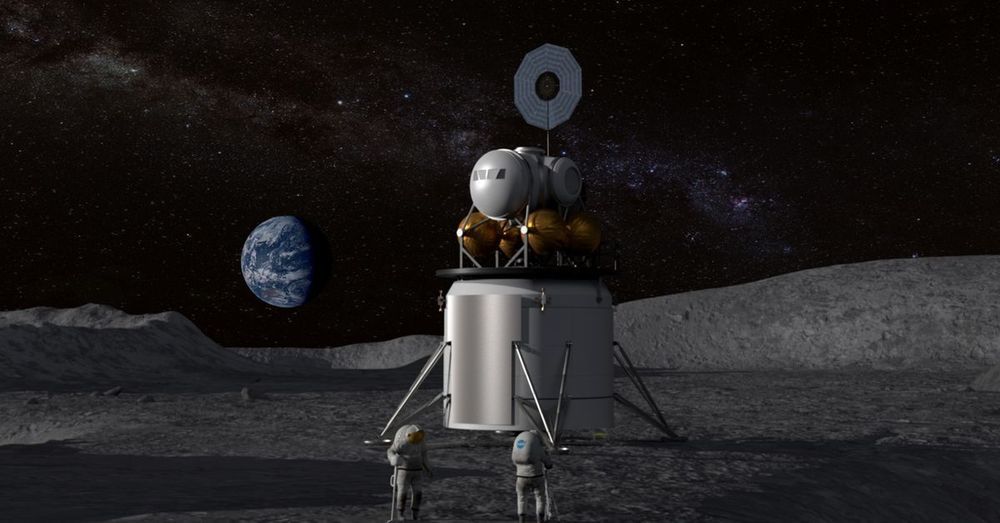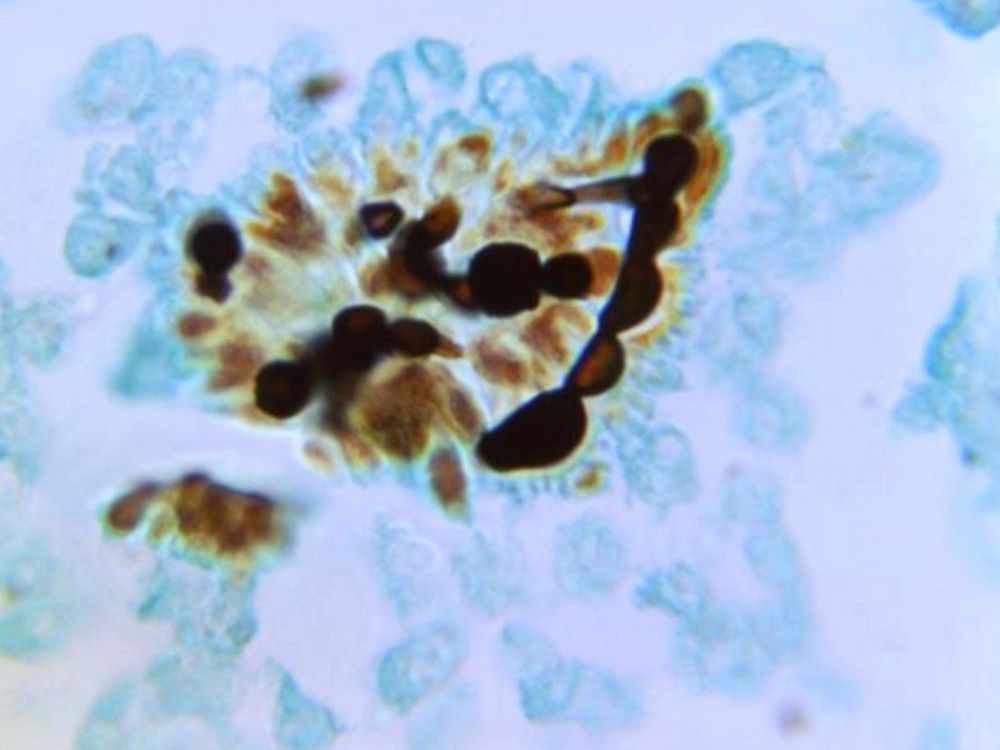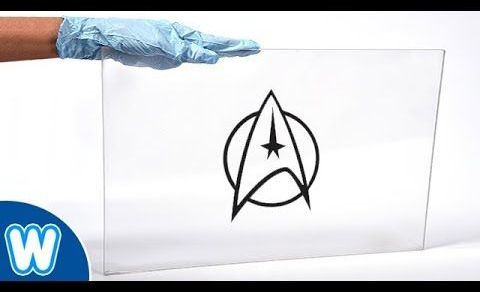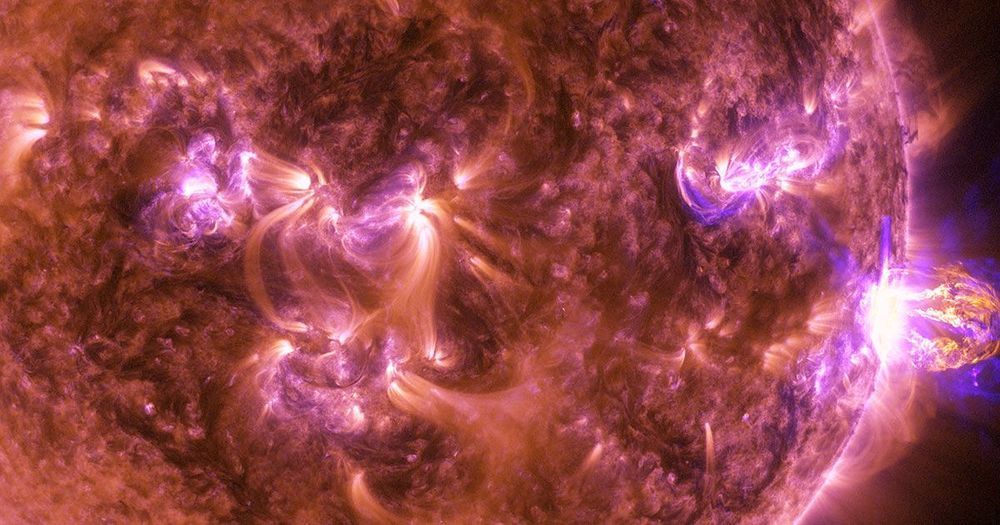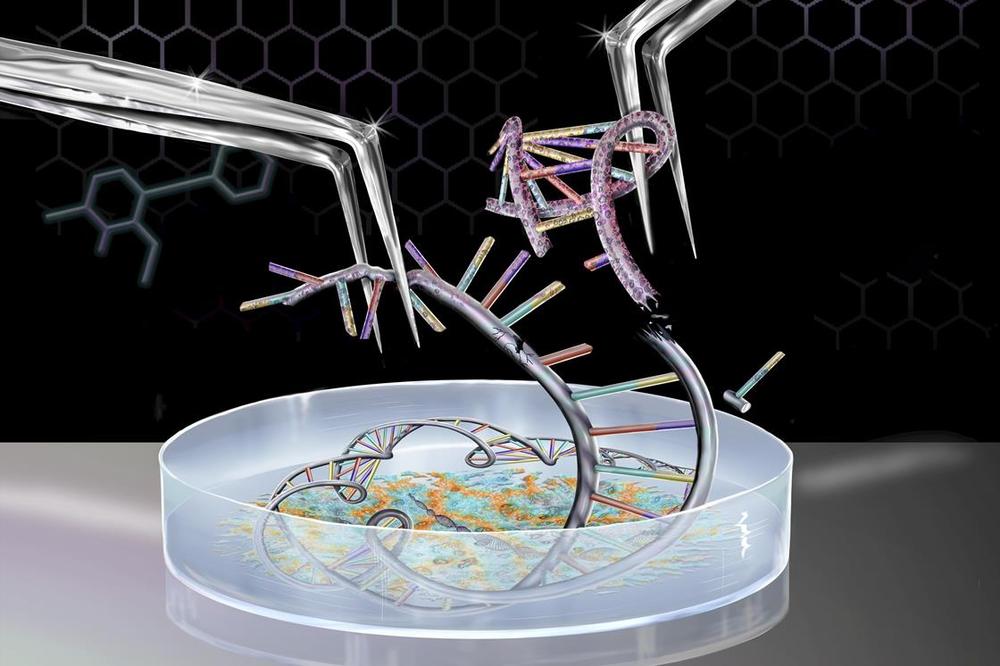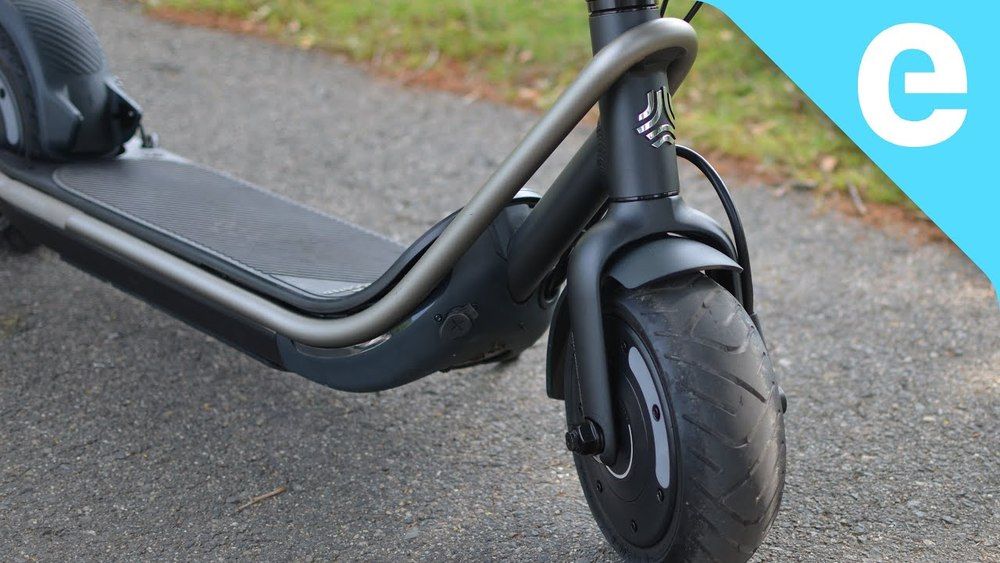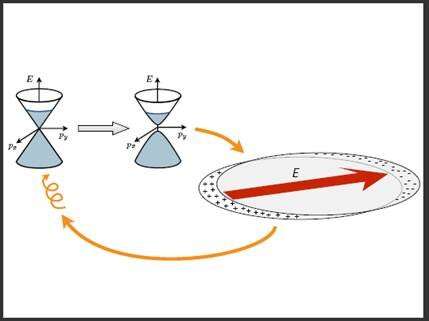Jul 30, 2019
NASA to help SpaceX, Blue Origin, and more develop technologies for Moon and Mars travel
Posted by Genevieve Klien in category: space travel
As NASA forges ahead to the Moon — and eventually to Mars — the agency is hoping to get some help from the commercial space industry. Today, NASA announced new partnerships with various aerospace organizations, aimed at advancing technologies related to landing on other planets, navigating the lunar surface, transferring propellant in space, and more — all of which could be critical for future missions.
Ten companies now hold a total of 19 partnerships with NASA through the agency’s Announcement of Collaborative Opportunity initiative, or ACO. In October, NASA put out a call for proposals from the industry, asking them to detail different technologies they’d like to develop through the program. Now, the companies that have been selected will be given expertise and resources from various NASA centers to help mature these space technologies — at no cost to the companies themselves.
